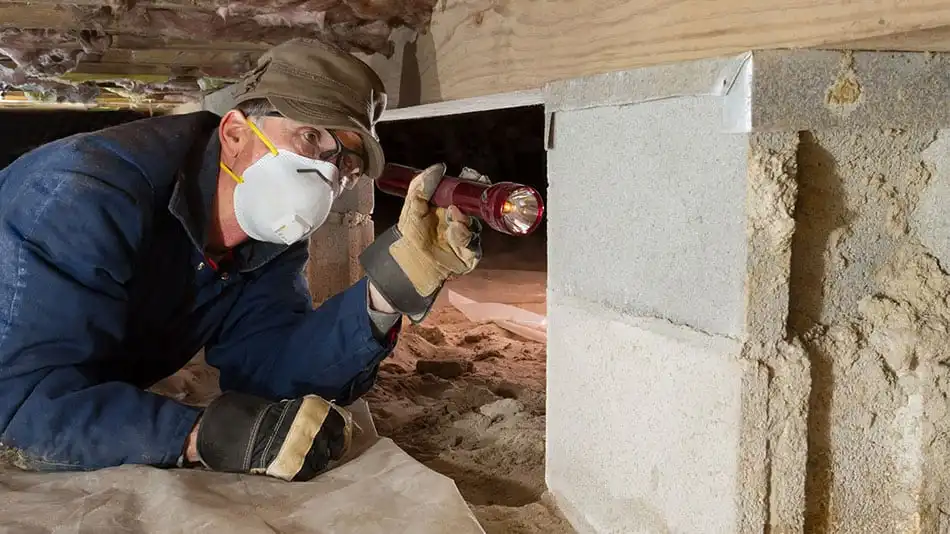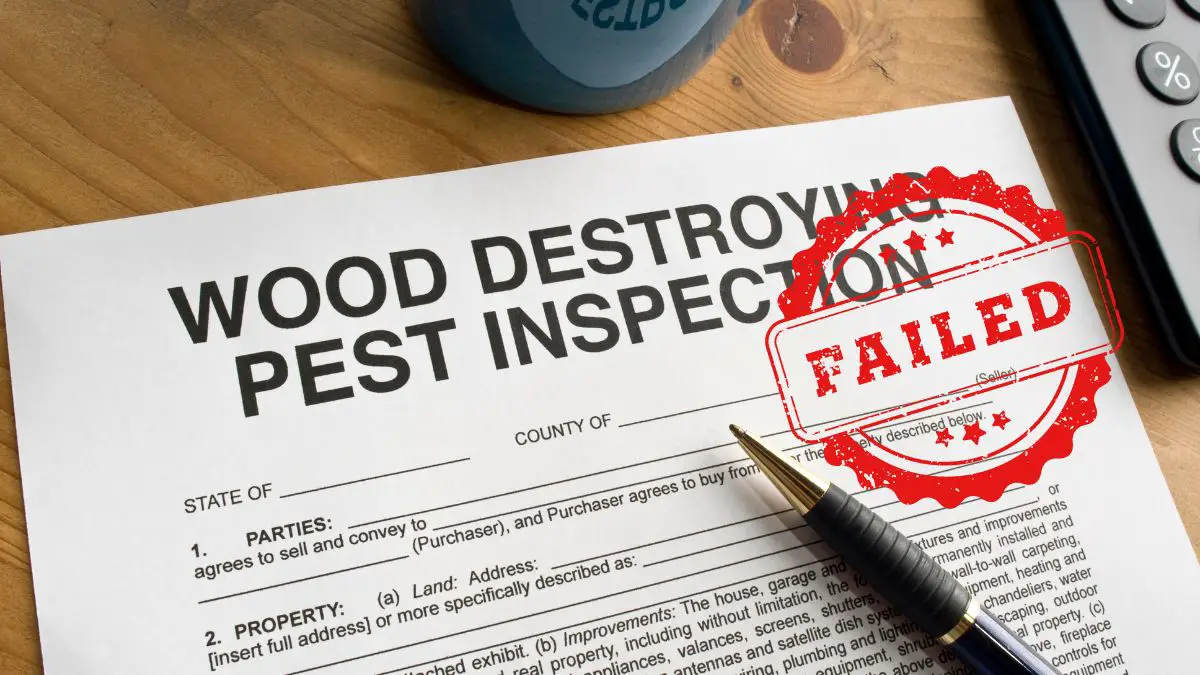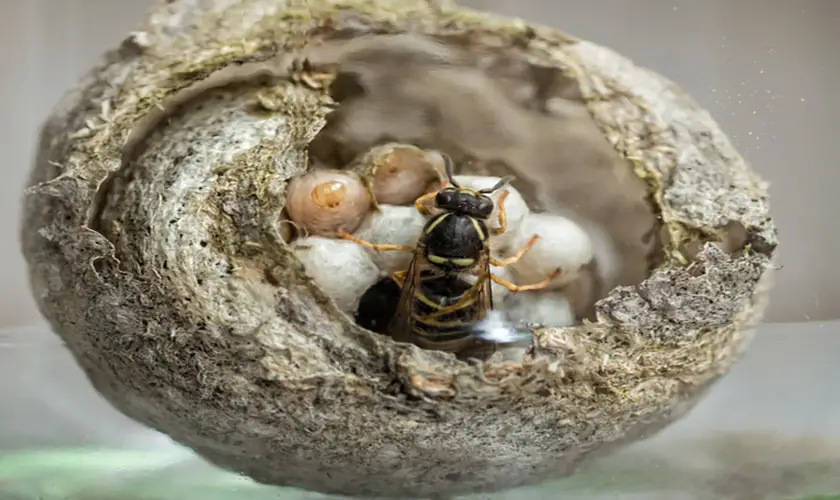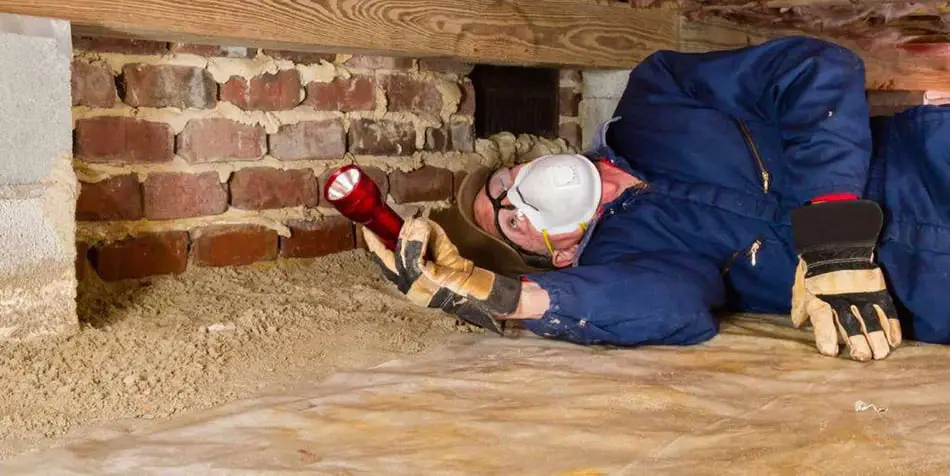
Initially, when you purchase a bug zapper, everything within its radius of destruction is handled without discrimination, but all of this wear and tear can lead to rather unexpected results.
One is your zapper running out of juice long before you expected it to. If you happen to be one of these unlucky few, below, you may be able to find out the most significant cause!
There are four reasons why your bug zapper may have stopped working:
- Your bug zapper’s fuse or circuit breaker might be damaged.
- The grids may be sparking.
- The light bulb may need replacing.
- The killing grid may not be working correctly.
Get FREE quotes from licensed pest control technicians in your area today. Whether you need spraying for ants, roaches, spiders, ticks, mosquitos, or bed bugs, We Can Help! All technicians are screened, licensed, and insured.
Even if luck has not exactly been on your side, you still have a chance of getting your bug zapper back in operational order.
Still, it will take a little bit of time and effort to diagnose the problem and see if the time and money it takes to get it working is worth the investment!
Why is My Bug Zapper Not Zapping?
There are quite a few reasons why a bug zapper may not be working, ranging from a burned-out fuse to a build-up of insect remains that can be causing issues with producing the voltage required to handle those pesky bugs.
The first thing you will want to do is to give your bug zapper a reasonable inspection and see if anything looks out of place, worn out, or damaged.
Assuming nothing appears to be out of the ordinary, you will need to dig a little deeper and start examining the grids of your zapper themselves or investigate whether or not the bulb on the inside has any damage to it.
How Do You Troubleshoot a Bug Zapper?
1. Look at the Fuse
As we stated above, one of the most significant issues that can go wrong would be a fuse going out. The bug zapper fuses out primarily due to the igniter providing the current required for your zapper to exterminate the bugs in the first place, so an issue here will stop the entire process in its tracks.
If your fuse appears damaged, take some time to replace it according to your manual, and be sure to follow all of the safety precautions that endeavor would detail.
It is worth noting some manufacturers do not support any exterior repairs. If you are under warranty on your zapper, it may be better to send it in and let a professional do it.
2. Check the Grids
In this next step, you will want to inspect the abovementioned grids. For your safety, you will want to ensure your zapper is unplugged or the batteries are removed (depending on the model).
Just because the zapper is not functioning correctly does not mean there is no electricity flowing through it!
A few telltale signs that an issue may be apparent with your grid would be arcing jolts of electricity visible to the naked eye. If you notice this, you can typically get them back into their proper alignment by simply bending them back into place.
Doing this will require you to use an insulated screwdriver for your safety, so come prepared for this job, or take a small break to make the investment and save yourself the involuntary shock treatment!
3. Inspect the Inner Linings of Your Zapper
While we are on the subject of the grids, take a moment to inspect the inner lining of your zapper and see if any built-up wings, legs, or other parts of bugs have gathered up around the base of your grids in the device itself.
If you see a mountain of members, you will want to use a brush or air blower to remove them without too much tampering with the grid.
Depending on the overall size of your zapper, this should be a relatively quick process, but one of the key takeaways from your cleaning efforts would be to avoid getting the zapper itself wet at all costs.
If you get any moisture inside the zapper or on the bulb inside, you may risk leaving the zapper in a state of disrepair and have no choice but to bring it to a professional.
How Do You Test a Bug Zapper?
Testing a bug zapper is more observation than an interactive testing process. In most cases, what you are looking for lacks some of the more obvious traits of a functioning bug zapper.
It may come off as rather obvious, but ensuring your bug zapper has power will be one of the most significant issues you can run into.
Anything from the zapper itself not being plugged into the batteries on the device to lacking the charge needed to function can all give you an issue before you can begin. Therefore, take a moment to ensure this is not one of the reasons your device is not working.
1. Turn the Device On
One of the first integral tests you can do to see if your zapper has any electricity flowing through it is to turn the device on and place an ear close (be mindful not to rest your ear on the zapper itself).
You will hear a low, dull humming sound if the zapper is on. The sound indicates that your device has a steady current going through it.
2. Observe if Bugs Come to the Zapper
The next thing you will want to do is turn the zapper on again and observe it attempting to take care of pests as they come within the appropriate range.
You will want to ensure you have some protective glasses or goggles on to ensure you are not damaging your eyes in the process.
If the zapper shocks a bug that comes into the distance, you will likely not have an issue with the product itself.
However, if the bug comes into contact with little to no results, you probably look at a poor grid alignment.
3. Clean the Zapper
Assuming you notice your zapper functioning, it seems to be emitting excessive sparks and discharge while operating.
In that case, you likely have a rather extensive build-up of insect parts on the grid itself or in the drip tray. Either way, you will want to clean the zapper and empty the pan, and you should remedy the problem.
4. Check the Light Bulb
The light bulb of your zapper can also come loose and cause your device not to function as intended. Take time to unplug or remove the batteries from your device for safety precautions and tighten it as needed.
5. See About a Frayed Grid Wiring
Another issue that can occur, as we briefly mentioned above, would be frayed grid wiring. If the grid wiring comes out of place or has spotted overlapping, it could most definitely cause a short on the zapper itself, ultimately becoming unresponsive. The solution here is to uncross them and test your zapper again.
Do Bug Zappers Have a Fuse?
In most cases, bug zappers do have a fuse of some sort, and these fuses, as we mentioned above, do have the possibility of going out.
In the off-hand chance it has gone out, you can purchase a new one and replace the old one to get your zapper back in functional order.
How Can You Repair a Bug Zapper?
You most certainly can repair a bug zapper that has fallen into disrepair. However, the extent of your repairing ability depends heavily on what precisely has caused it to stop working in the first place.
You can find more simple repairs like the ones we have already gone over above. Still, more intricate maintenance may require you to disassemble the device and attempt to troubleshoot a more complex problem.
Understandably, this may be well above most people’s comfort zone, especially when dealing with electronic devices and the like, so we heavily recommend referring to your owner’s manual or consulting a professional if you feel you are out of your depth.
Alternatively, suppose you are feeling relatively confident in your repairing abilities. In that case, there will be a link below on how to dive deep into your bug zapper’s intricate parts and attempt a repair yourself in a step-by-step fashion.
Conclusion
In most cases, a bug zapper that has suddenly stopped working or has been malfunctioning is a quick and easy fix, but there is a remote chance it is a more intricate problem involving the innards of the device itself.
It is better to be safe than sorry, so take your time to do the troubleshooting listed here, and if all else fails, you can always replace it and save yourself some time and headaches!
Get FREE quotes from licensed pest control technicians in your area today. Whether you need spraying for ants, roaches, spiders, ticks, mosquitos, or bed bugs, We Can Help! All technicians are screened, licensed, and insured.








